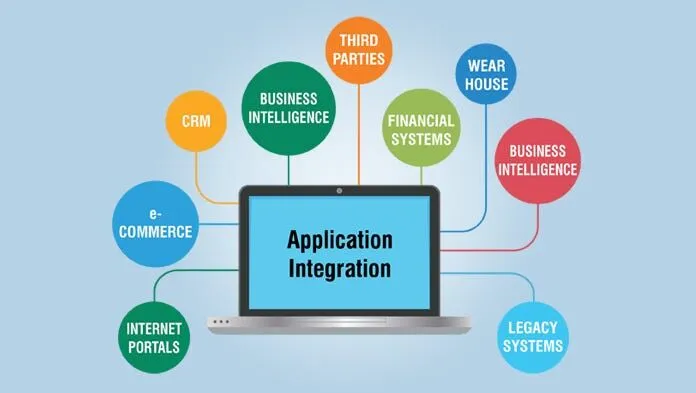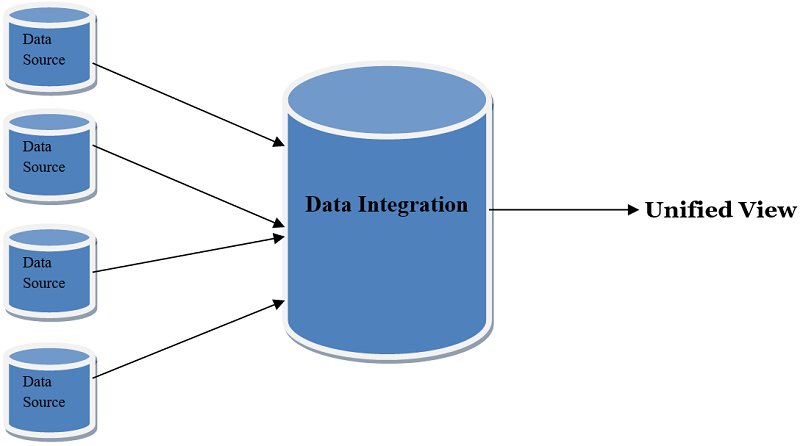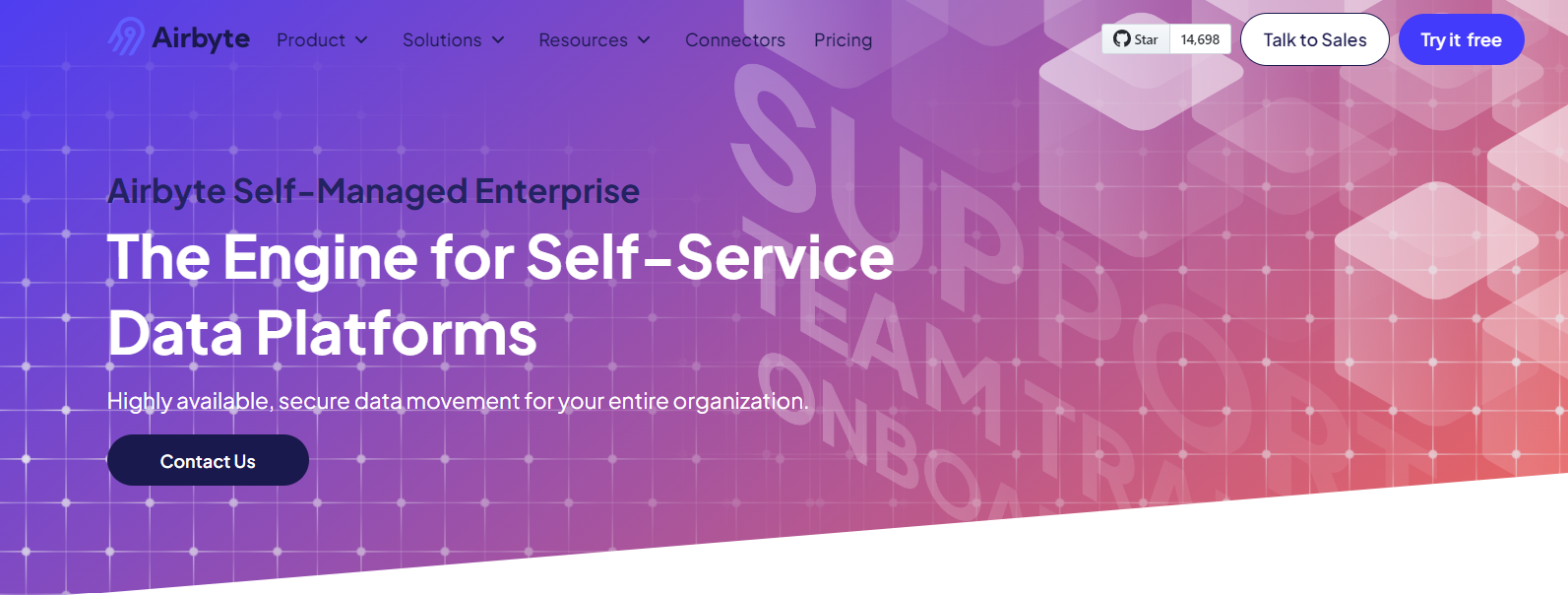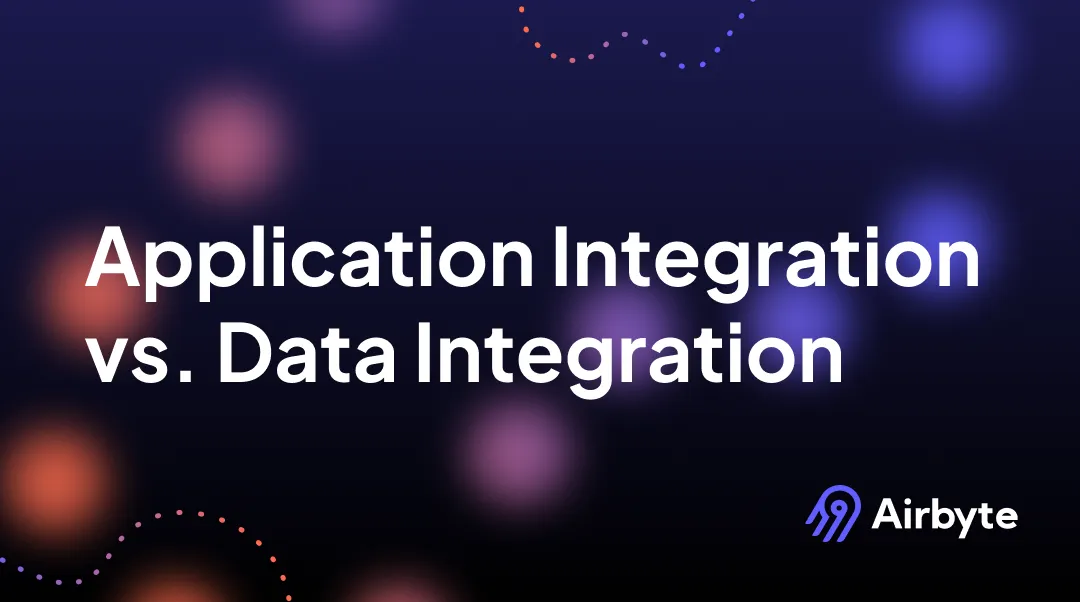Exploring Application Integration vs. Data Integration: Key Differences and Use Cases
Summarize this article with:
✨ AI Generated Summary
Application integration connects software systems for real-time communication and workflow automation, using APIs or middleware, while data integration consolidates data from multiple sources into a unified view for analysis and decision-making. Key differences include:
- Application integration focuses on linking applications to streamline processes; data integration focuses on combining data for consistency and insights.
- Application integration uses APIs and middleware; data integration employs ETL, ELT, and reverse ETL methods.
- Use cases: application integration suits ERP, banking, and healthcare systems; data integration supports data migration, syncing records, and business intelligence.
Tools like Airbyte simplify data integration with user-friendly interfaces, pre-built connectors, customization options, and support for change data capture and transformations.
Modern businesses rely on multiple software applications and data sources to operate. Connecting these systems efficiently is critical, but two terms often create confusion: application integration and data integration. While used interchangeably, they solve different problems.
Application integration enables real-time communication between software systems, allowing them to work together seamlessly. Data integration consolidates information from multiple sources into a single, consistent view. Understanding which approach fits your needs prevents wasted resources and failed implementations.
This guide explains the key differences between application integration and data integration, when to use each approach, and how to choose the right strategy for your organization.
What is Application Integration?

Application integration involves connecting multiple applications to facilitate data and information sharing. This can be achieved using an application programming interface (API) or an integration platform. In API-based integration, each software application provides an API that allows other apps to access its data and functionality. It may be either synchronous or asynchronous, depending on the specific requirements and use cases.
- Synchronous: Synchronous API-based integration occurs when one application requests another through an API and waits for a response before proceeding. This type of integration is often utilized by real-time applications that necessitate quick data processing, such as e-commerce or financial applications.
- Asynchronous: In contrast, asynchronous API-based integration involves one application requesting another via an API but not waiting for a response before continuing. This form of integration is commonly used by systems that process data offline, such as CRM or ERP systems.
Integration platforms are another way of connecting two or more software applications efficiently. They provide a middleware layer that enables apps to share data without each application providing an API. Integration platforms often provide a graphical user interface (GUI), allowing you to connect multiple applications seamlessly without writing code.
What is Data Integration?

Data integration is the process of consolidating data from diverse sources into a single unified view. Simply put, it brings together data from various locations, such as databases and data warehouses, to your desired target system. This helps you understand your data holistically by reducing data redundancies and inconsistencies. This, in turn, leads to higher data quality, enabling you to make informed decisions.
Data Integration Approaches
There are different approaches to data integration, including ETL, ELT, and reverse ETL:
1. ETL (Extract, Transform, Load): ETL involves extracting data from a source system, transforming it, and ultimately loading it into a destination like a data warehouse or a data lake. The purpose is to ensure that only the transformed data is stored in the target system.
2. ELT (Extract, Load, Transform): In this approach, data is extracted from a source system, loaded into a destination, and then transformed. Unlike traditional ETL, where transformations are done before loading, ELT performs transformations at the destination after loading the data.
3. Reverse ETL: It is the opposite flow of traditional ETL. Reverse ETL involves extracting data from a destination (such as a warehouse) and sending it back to the source system for analysis or operational use. For example, moving data from Amazon Redshift (data warehouse) to Salesforce (CRM).
Data Integration vs Application Integration: Key Differences
The main difference between Application Integration and Data Integration is that Application Integration focuses on connecting and enabling communication between different software applications, while Data Integration involves combining data from various sources into a unified view for analysis and decision-making.
Understanding the key differences between data integration and application integration is essential to plan, design, and implement integration solutions effectively. Both types of integration have distinct objectives, methodologies, and considerations.
The fundamental difference between application integration and data integration lies in their respective processes. Application integration focuses on linking multiple applications to facilitate data sharing, whereas data integration aims to combine data from multiple sources into a unified database for a cohesive overview.
For a clearer understanding, let's explore the key differences of data integration vs application integration in a tabular format.
Application Integration vs Data Integration: Use Cases
Let’s explore the various use cases of Application and data integration:
Application Integration
Here are some common use cases of application integration:
1. ERP systems: Enterprise resource planning (ERP) acts as a centralized hub for all your business activities. By seamlessly integrating ERP with supporting applications and services, you can streamline and automate critical business processes, such as payment processing, sales lead tracking, supply chain functions, and numerous other essential functions.
2. Banking: In banking, application integration is like ensuring all the different software systems the bank uses can work together smoothly. For example, there might be one system for managing customer accounts, another for processing transactions, and another for handling loans. Application integration ensures that these systems can interact with each other and share information seamlessly.
3. Healthcare: Application Integration can integrate electronic health record (EHR) systems with other healthcare applications. EHR-EMR platform integration allows seamless data exchange between systems, ensuring patient information is accurate, up-to-date, and easily accessible.. For example, integrating EHR systems with laboratory information systems enables real-time sharing of test results.
Data Integration
Here are some common use cases of data integration:
1. Data Migration: Data migration is a crucial use case of data integration, particularly when your business undergoes technology upgrades or platform migrations. It involves transferring data from one system or storage format to another, ensuring that data remains accurate, accessible, and usable throughout the transition process.
2. Syncing Records: Data integration enables the synchronization of data across different systems. This ensures that the data remains consistent and up-to-date across various platforms, reducing errors and maintaining data integrity.
3. Business Intelligence: With data integration, you can bring together information from various sources like databases, marketing platforms, and social media channels. This consolidated data becomes the backbone of your business intelligence (BI) and analytics efforts. It allows you to conduct advanced analysis, uncover patterns, and generate actionable insights.
How can Airbyte Help?

Whether you choose to carry out application or data integration, you may encounter certain challenges, such as data compatibility, inconsistencies, and data redundancy. Additionally, you might require technical expertise to get the job done. To overcome this, you can use data integration tools and replication platform like Airbyte to streamline and automate your data pipelines.
Here are the key features of Airbyte:
User-friendly Interface: It provides a seamless experience for users of all skill levels. Its intuitive design simplifies the extraction and loading processes. With Airbyte, you can easily connect to various data sources and APIs and migrate your data to the target system without hassle.
Connectors: Airbyte offers over 350 pre-built connectors, allowing you to transfer data from the source to the destination seamlessly. You can easily choose the required connectors and build the data pipelines without complexity. This streamlined process does not require you to write any code, making it accessible to everyone.
Customization: If you cannot find the connector you need from the pre-existing list, Airbyte offers you the option to create your own custom connector using the Connector Development Kit (CDK). This way, you have the flexibility to build customized connectors to meet your specific requirements.
Change Data Capture (CDC): With Airbyte's Change Data Capture (CDC) technique, you can capture and synchronize data alterations from source systems. This guarantees that the target system is constantly updated with the latest changes.
Transformation: Airbyte follows the Extract, Load, Transform (ELT) approach, which involves loading data from different sources before transforming it. However, it offers seamless integration with dbt (data build tool) for custom transformations.
Wrapping Up
Both application integration and data integration play crucial roles in streamlining your business operations. Understanding the key differences between these two integration methodologies is essential in determining the most suitable approach based on specific use cases. By leveraging the strengths of application integration and data integration, you can achieve seamless connectivity and improved data accessibility.
Suggested Reads:
FAQs
What are the four types of application integration?
The four main types of application integration are Point-to-Point Integration, Hub-and-Spoke Integration, Enterprise Service Bus (ESB), and API-Led Integration.
What is an example of application integration?
A common example is an e-commerce process, where a website integrates with an inventory management system so customers see real-time stock information, and with a payment gateway and shipping provider to process and fulfill orders automatically.

